Northburgh Castle, also known as Greencastle, is a historic ruin located in the village of Greencastle, County Donegal, Ireland. Positioned near the mouth of Lough Foyle on a rocky platform, this castle is approximately 25 miles north of Derry/Londonderry, on the northern tip of Ireland. Constructed in the early 14th century, it served as a strategic fortress to control access via Lough Foyle and played a significant role in the Anglo-Norman expansion and control efforts in Ireland.
Description of Northburgh Castle
The castle sits on a commanding rock outcrop, providing extensive views over Magilligan Strand and the surrounding landscape, a factor that underscores its strategic importance. Originally, Northburgh Castle boasted a grand scale, with intricate towers and a gatehouse, reflecting the advanced military architecture of the time. However, centuries of conflict and cannon fire have left only parts of the curtain wall and the remnants of a small Norman church standing. Today, one of the best perspectives to appreciate the castle’s original extent and design is from the shore of Lough Foyle, where visitors can glimpse the scale and strategic siting of this once formidable fortress.
Historical Background
Northburgh Castle was built in 1305 by Richard de Burgo, also known as the Red Earl of Ulster. The construction of the castle was a calculated move to extend Anglo-Norman influence into the north-west of Ireland, an area that had remained largely beyond their control. The choice of location was strategic, intended to oversee and control the movements in Lough Foyle and to assert dominance over the local Irish clans, particularly the O’Neill and O’Donnell clans. The castle’s establishment marked a significant moment in the Anglo-Norman efforts to consolidate power in Ireland, reflecting the broader geopolitical struggles of the period.
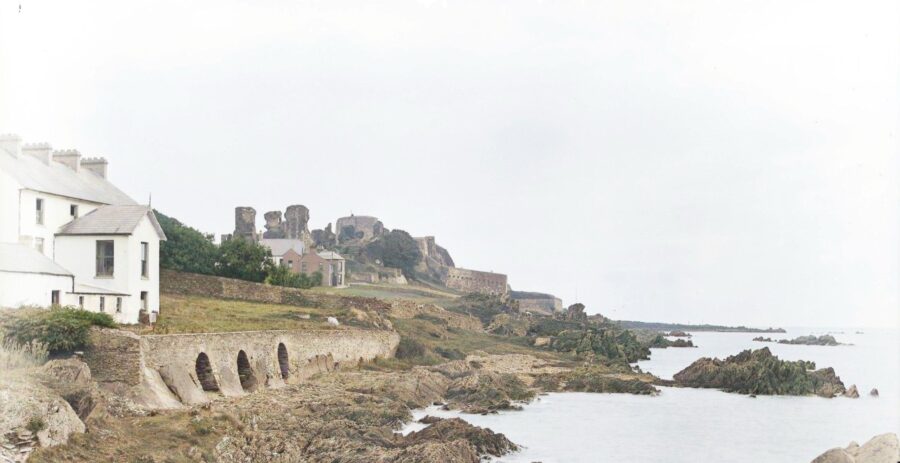
Strategic Importance
Northburgh Castle’s strategic location near the mouth of Lough Foyle was instrumental in its role as a military and administrative stronghold. This positioning allowed the Anglo-Normans to control naval and trade routes, effectively overseeing access to the northern part of Ireland. The castle was a linchpin in the efforts to exert influence over the region, particularly in managing the activities of the local Irish clans such as the O’Neill and O’Donnell families. By establishing a fortress in such a critical location, the Anglo-Normans aimed to secure a foothold in territories that were resistant to their control, thereby expanding their reach and consolidating power within Ireland. The castle’s presence near Lough Foyle underscored the strategic approach of the Anglo-Normans to castle building in Ireland, where control of key geographic points could influence wider territorial dominance.
Sieges and Conflicts
Throughout its history, Northburgh Castle was the focal point of numerous sieges and conflicts, emblematic of the turbulent period it was built in. One of the most notable events in the castle’s history was its capture by Robert Bruce in 1316. Bruce, riding the wave of his victory at the Battle of Bannockburn, aimed to extend his influence into Ireland, appointing his brother Edward as the leader of the campaign. Edward Bruce’s capture of Northburgh Castle was part of a broader strategy to challenge Anglo-Norman power in Ireland and assert Scottish influence.
However, the castle’s significance meant that it was not to remain in Scottish hands for long. It was recaptured by the Anglo-Normans, marking a pivotal moment in the ongoing struggle for dominance in the region. This recapture not only symbolized the resilience of Anglo-Norman power in Ireland but also the strategic importance of Northburgh Castle as a military asset. The castle’s capture and subsequent recapture are reflective of the broader military and political upheavals that characterized medieval Ireland, where control of such fortresses could dictate the success or failure of broader territorial ambitions.
Decline and Ruination
The decline of Northburgh Castle can be attributed to a combination of internal family conflicts, military attacks, and eventual abandonment. After the murder of William de Burgo in 1333, the castle and its associated power began to wane, marking the end of the de Burgo family’s dominance in Ireland. Their departure saw the castle pass into the hands of the O’Doherty family, dependents of the O’Donnell clan, but not before it suffered considerable damage from conflicts, including cannon fire during assaults. The castle’s strategic importance diminished over time, particularly after the power struggles shifted away from the region. By the beginning of the 17th century, a small garrison that had been left to guard the castle eventually abandoned it, leaving the structure to fall into ruin.
Architectural Features
Originally, Northburgh Castle was a testament to the military architectural prowess of the Anglo-Norman period, featuring intricate towers, a formidable gatehouse, and thick curtain walls. The castle’s design incorporated advanced defensive features of the time, including a twin polygonal-towered gatehouse that controlled access to the inner areas. The polygonal towers and walls, some of which were over 12 feet thick, underscored the castle’s role as a defensive bastion. However, the structure’s integrity was severely compromised by repeated cannon fire over the centuries, leading to the ruinous state in which it exists today. Despite this, the remnants of the castle still offer insight into the architectural innovations and military strategies of the medieval period.
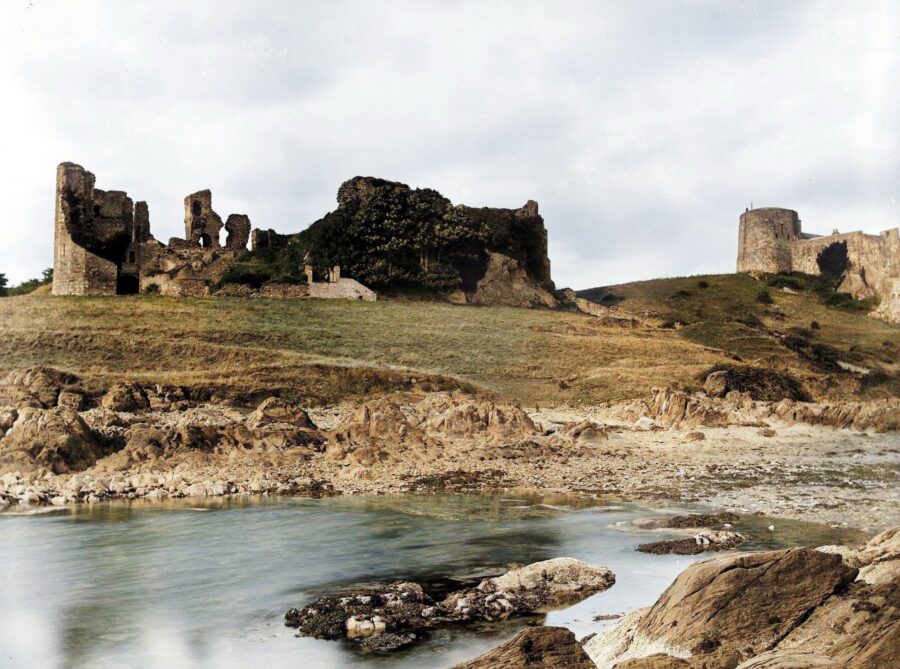
Legacy and Present Day
Today, Northburgh Castle stands as a historical monument under the management of the Government of Ireland, specifically the Office of Public Works. Its ruins serve as a reminder of the Anglo-Norman presence in Ireland and the complex history of conflict and power dynamics in the region. The castle’s legacy is also commemorated in local lore and symbols, such as the Derry City coat of arms, which is said to feature imagery related to the castle’s history. The preservation of the site allows for public access, providing a tangible connection to Ireland’s medieval past.
Visitor Information
For those interested in exploring the historical ruins of Northburgh Castle, there are two main public access points: one from the town of Greencastle and another from the shore of Lough Foyle. The shoreline offers one of the best vantage points to appreciate the scale and strategic location of the castle. While there are no extensive visitor facilities on site, the area around the castle features informational boards and maps that guide visitors through its history and significance. Visitors are encouraged to tread carefully around the ruins, respecting the site’s historical importance and the preservation efforts undertaken to maintain its legacy for future generations.
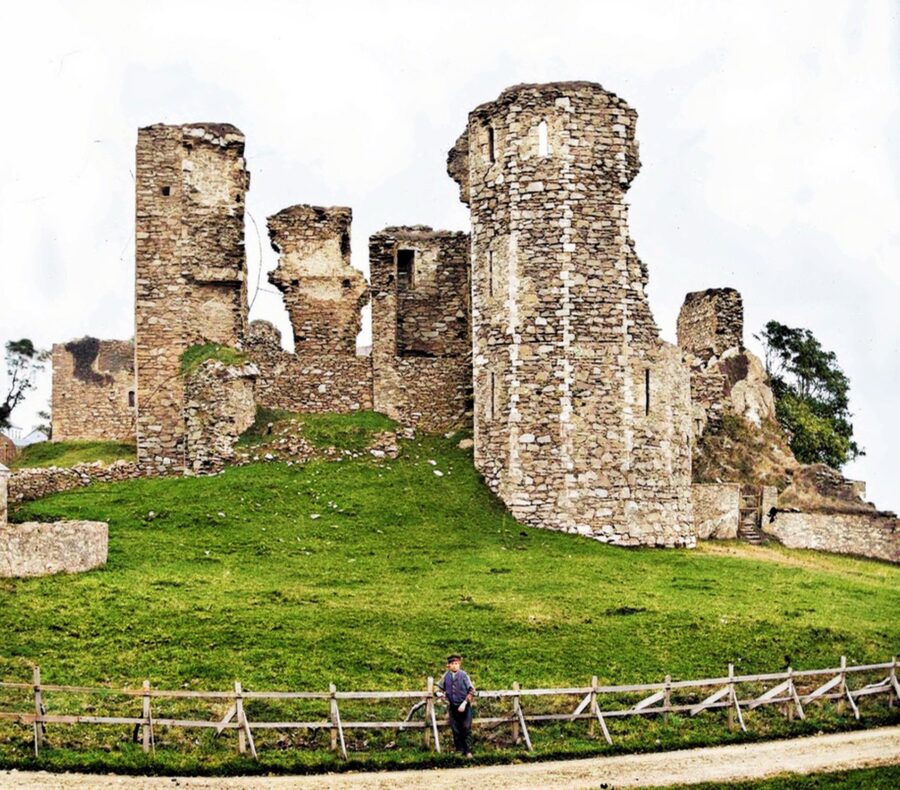


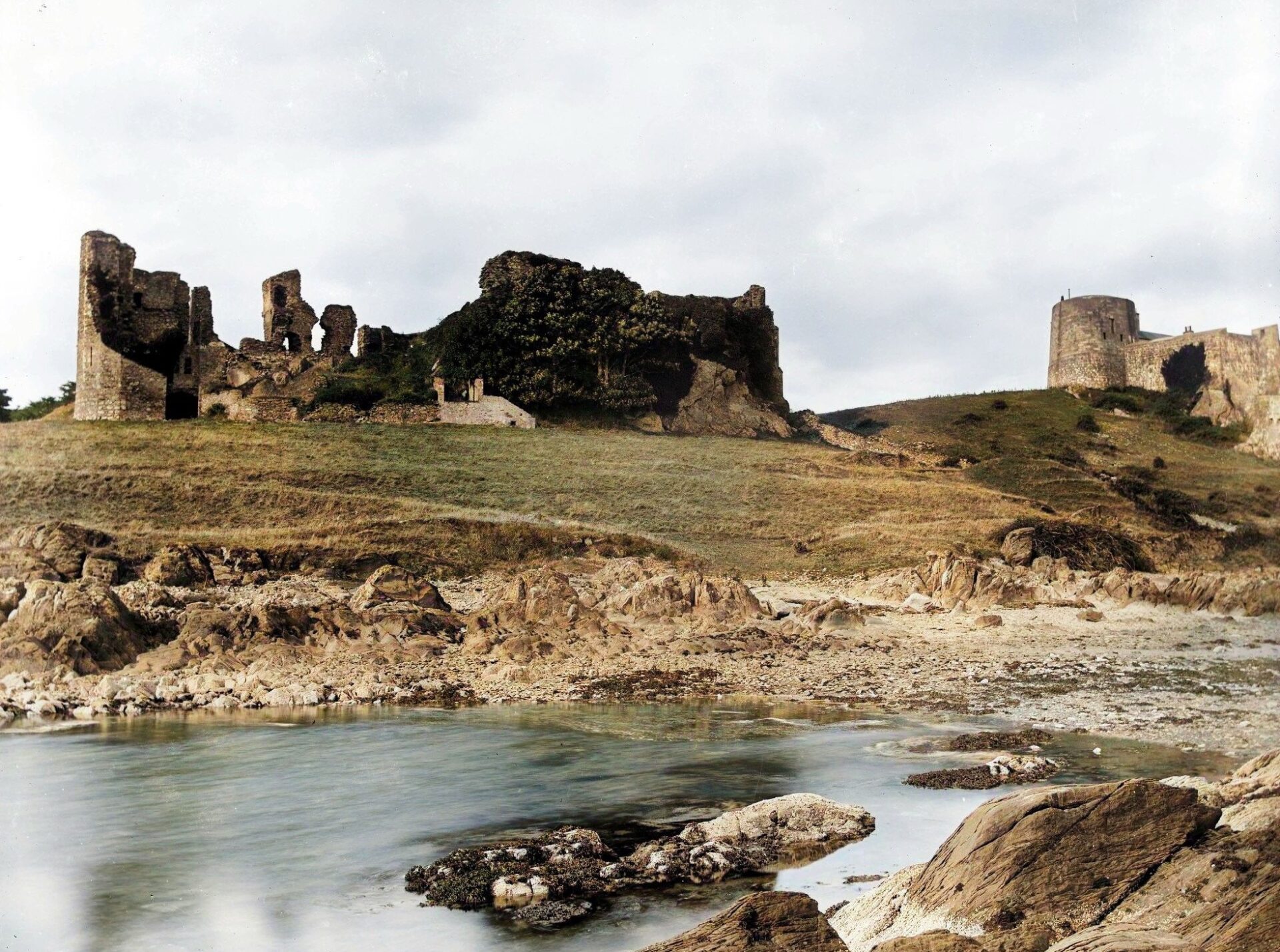
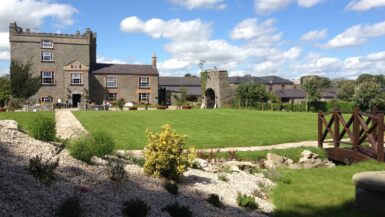
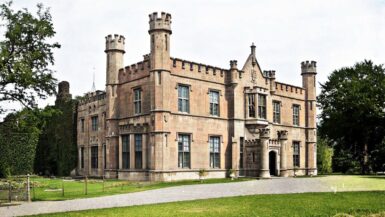

Leave a reply